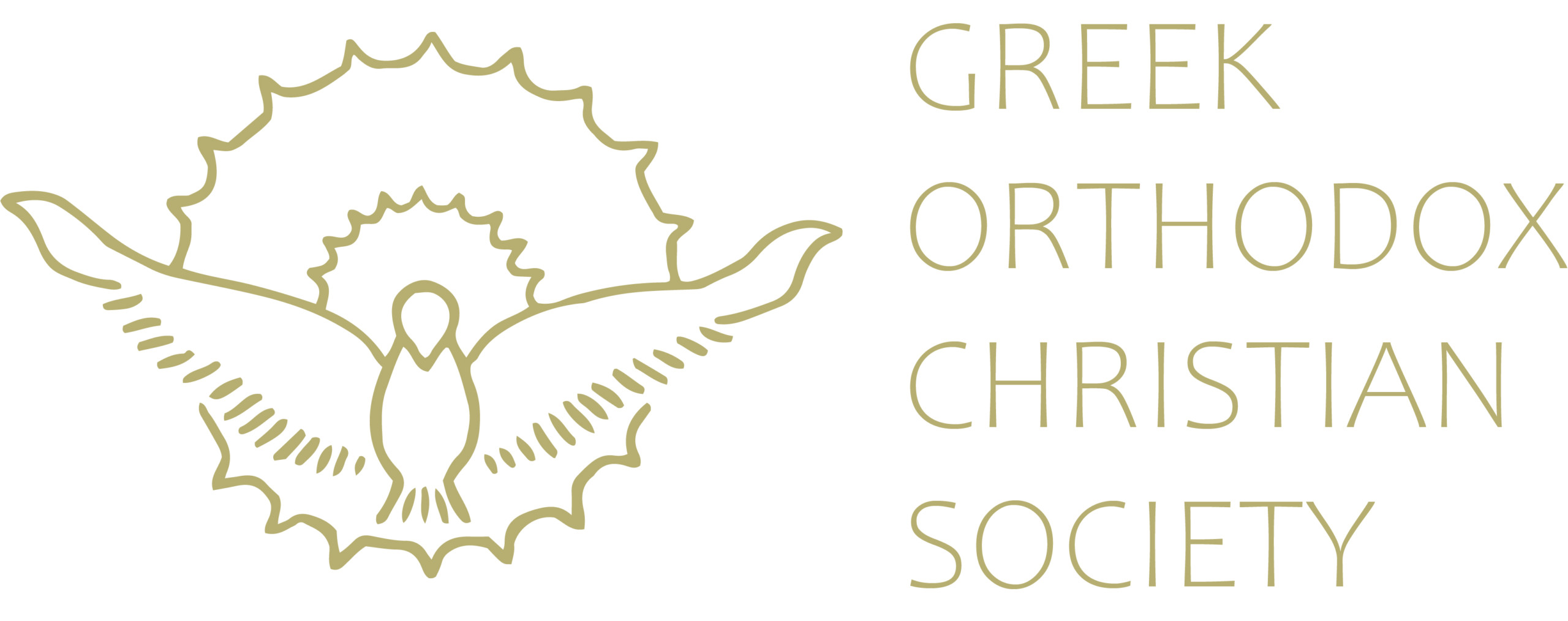Palm Sunday Crosses (Βάγια)
When our Lord entered Jerusalem on Palm Sunday, sitting on the colt of a donkey, he was greeted with crowds waving palm leaves. They welcomed Him as the Messiah who would liberate Israel from the tyranny of the Romans. He had resurrected Lazarus from the tomb after four days, He had performed countless miracles, His fame had spread and the people came out to greet Him. “Hosanna! Blessed is He who comes in the Name of the Lord!” Hence the use of the palm branch which was considered a symbol of triumph and victory!
Jesus was entering Jerusalem to celebrate the Passover feast just prior to His trial, death, burial and Resurrection. He entered as the Prince of Peace, riding on a donkey, considered to be an animal of peace and not of war as is the horse. In remembrance of this event, the Church faithful get together as a community, young and old, to make Βάγια (Palm) crosses. They are made from the frond of a palm and knotted into small crosses – a special technique that is passed on from generation to generation. More intricate patterns are also weaved to adorn the church. A prayer is read over the palm crosses and then distributed to the faithful to be taken home and put on the iconostasis.
With one voice the people chant the Apolytikion of the day: “By raising Lazarus from the dead before Your passion, You did confirm the universal resurrection, O Christ God! Like the children with the palms of victory, we cry out to You, O Vanquisher of death: Hosanna in the highest! Blessed is He that comes in the name of the Lord!” We are to receive and worship Christ in the same manner, acknowledging Him as our King and Lord, who is always present in His Church.
Source: Lychnos April 2018 / May 2018
